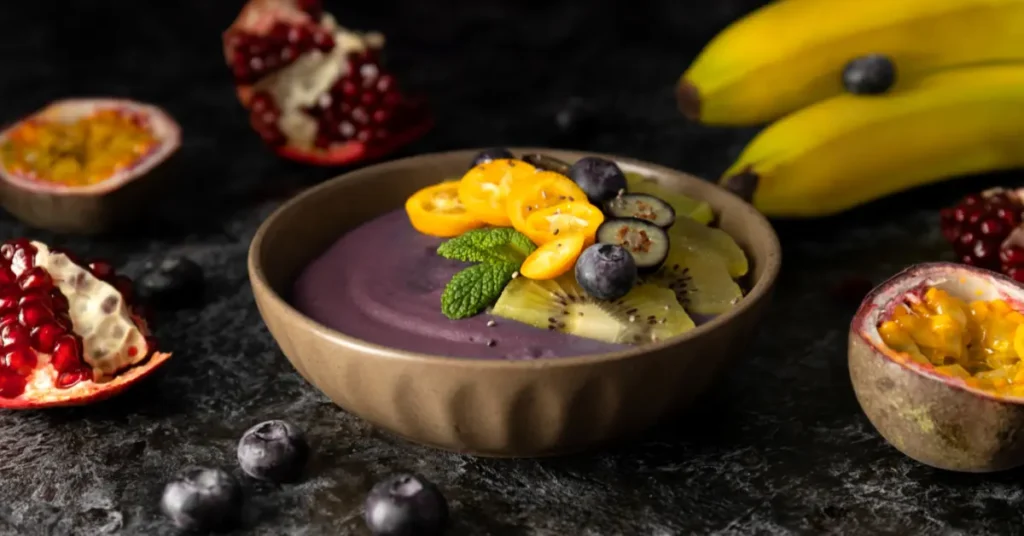As we step into 2025, the approach to health and wellness practices continues to evolve, focusing on balance, recovery, and sustainable habits. These trends are reshaping how individuals prioritize their physical and mental well-being, paving the way for a healthier, happier year ahead.

1. Embracing Active Recovery
Gone are the days of pushing through burnout. This year, active recovery has emerged as a vital component of fitness routines. Moreover, activities like stretching, foam rolling, and light yoga are now being integrated into workout schedules to promote muscle repair and overall wellbeing.
Example: After a high-intensity workout, spend 15 minutes doing stretches that target your key muscle groups. Alternatively, dedicate one day per week to lighter activities like yoga or walking to allow your body to recover.
Solution:
- Use apps or online platforms that offer guided recovery sessions tailored to your fitness goals.
- Additionally, invest in a foam roller or massage tool to enhance your recovery routine at home.
- Schedule recovery days in your fitness planner to ensure you give your body adequate rest.
2. Mindful Hydration
Hydration isn’t just about drinking water anymore; instead, it’s about doing so mindfully. These days, people are paying attention to electrolytes and minerals, ensuring that their hydration supports energy levels, skin health, and cognitive function.
Example: Start your day with a glass of water infused with a pinch of Himalayan salt and a slice of lemon to replenish lost minerals and boost digestion.
Solution:
- Keep a reusable water bottle with time markers to remind you to stay hydrated throughout the day.
- Furthermore, incorporate hydrating foods like cucumbers, watermelon, and oranges into your diet.
- Explore electrolyte tablets or powders for an occasional hydration boost during workouts or long days.
3. Integrating Functional Foods
Functional foods—those that offer health benefits beyond basic nutrition—are making their way into daily diets. For instance, fermented foods for gut health, turmeric for its anti-inflammatory properties, and adaptogenic herbs for stress management are gaining popularity.
Example: Mix a tablespoon of chia seeds into your morning smoothie for added omega-3s and fiber. Alternatively, enjoy a turmeric latte as a calming evening drink.
Solution:
- Plan weekly meals that include functional foods such as kimchi, yogurt, or spinach.
- Additionally, experiment with adaptogens like ashwagandha or reishi mushroom in teas or smoothies.
- Use apps to track your nutritional intake and identify areas for improvement.

4. Prioritizing Mental Health Check-ins
Mental health is finally getting the spotlight it deserves. Consequently, from journaling to therapy apps, people are making mental wellness a daily practice.
Example: Spend five minutes each evening writing down three things you’re grateful for and one area where you’d like to improve.
Solution:
- Use apps like Calm or Headspace to incorporate guided mindfulness sessions into your routine.
- Furthermore, create a dedicated corner in your home for journaling or meditation.
- Schedule regular mental health check-ins with a therapist or counselor.
5. Morning Movement and Light Exposure
Starting your day with light movement and sunlight exposure can regulate your circadian rhythm, boost your mood, and enhance focus. Moreover, it sets a positive tone for the rest of your day.
Example: Begin your day with a 10-minute outdoor walk or stretch near a sunny window to help reset your body’s internal clock.
Solution:
- Set an alarm to remind you to step outside shortly after waking up.
- Pair your morning movement with a mindful activity, like deep breathing or listening to nature sounds.
- Additionally, invest in a daylight lamp if outdoor sunlight isn’t easily accessible.
6. Customizing Workouts
One-size-fits-all workouts are being replaced with personalized fitness plans. Wearable tech and AI-based fitness apps ensure you’re working out in a way that’s optimal for your goals and body type.
Example: Use a fitness tracker to monitor your heart rate and adjust your workout intensity for maximum results.
Solution:
- Consult with a fitness coach to design a customized plan that aligns with your objectives.
- Furthermore, use AI-driven apps like Fitbod or Freeletics to create workouts tailored to your fitness level.
- Regularly analyze data from your wearable device to tweak your approach.

7. Digital Detox Days
The digital world is essential, but overuse can lead to fatigue and stress. Thus, setting aside specific times or days to unplug is becoming a popular wellness practice.
Example: Dedicate Sunday afternoons to offline activities like reading, cooking, or spending time outdoors.
Solution:
- Create a list of engaging offline activities, such as journaling or painting, to keep yourself entertained.
- Moreover, implement tech-free zones in your home, such as the dining table or bedroom.
- Use apps like Freedom to temporarily block social media or email notifications.
8. Rediscovering Community Fitness
Post-pandemic, community-based workouts are regaining popularity. From group yoga classes to community marathons, people are finding motivation and accountability through collective fitness.
Example: Join a local running club or attend a weekly group fitness class to build connections while staying active.
Solution:
- Search for fitness events in your area through social media or local event platforms.
- Additionally, organize a fitness challenge with friends or colleagues to stay motivated.
- Volunteer for community sports events to combine fitness with giving back.
9. Sustainable Wellness Practices
Eco-consciousness is influencing wellness choices. From reusable yoga mats to organic skincare, people are aligning their health goals with sustainability. Moreover, these practices are not only beneficial for personal health but also for the environment.
Example: Switch to eco-friendly workout gear and use meal-prep containers to reduce single-use plastics.
Solution:
- Support brands that prioritize sustainability in their products and operations.
- Furthermore, learn DIY techniques for creating your own natural skincare or cleaning products.
- Reduce food waste by planning meals and properly storing leftovers.

Final Thoughts: Health and Wellness Practices 2025
Wellness in 2025 is all about balance, personalization, and sustainability. First and foremost, these trends emphasize the importance of aligning your lifestyle with your unique needs and values. By integrating these practices into your daily life, you can achieve a holistic approach to health that nurtures both your body and mind.
Health and Wellness Practices 2025 focus on balance, personalization, and sustainability. For example, by adopting small, consistent habits and focusing on sustainability, you can not only improve your well-being but also contribute to a healthier environment. In addition, incorporating these practices into your life can lead to long-term benefits. Therefore, start small, and over time, let these trends inspire your journey. To explore further, check out our article on Wellness Trends 2025, and additionally, discover how overcoming negative thoughts can significantly enhance your personal growth.


